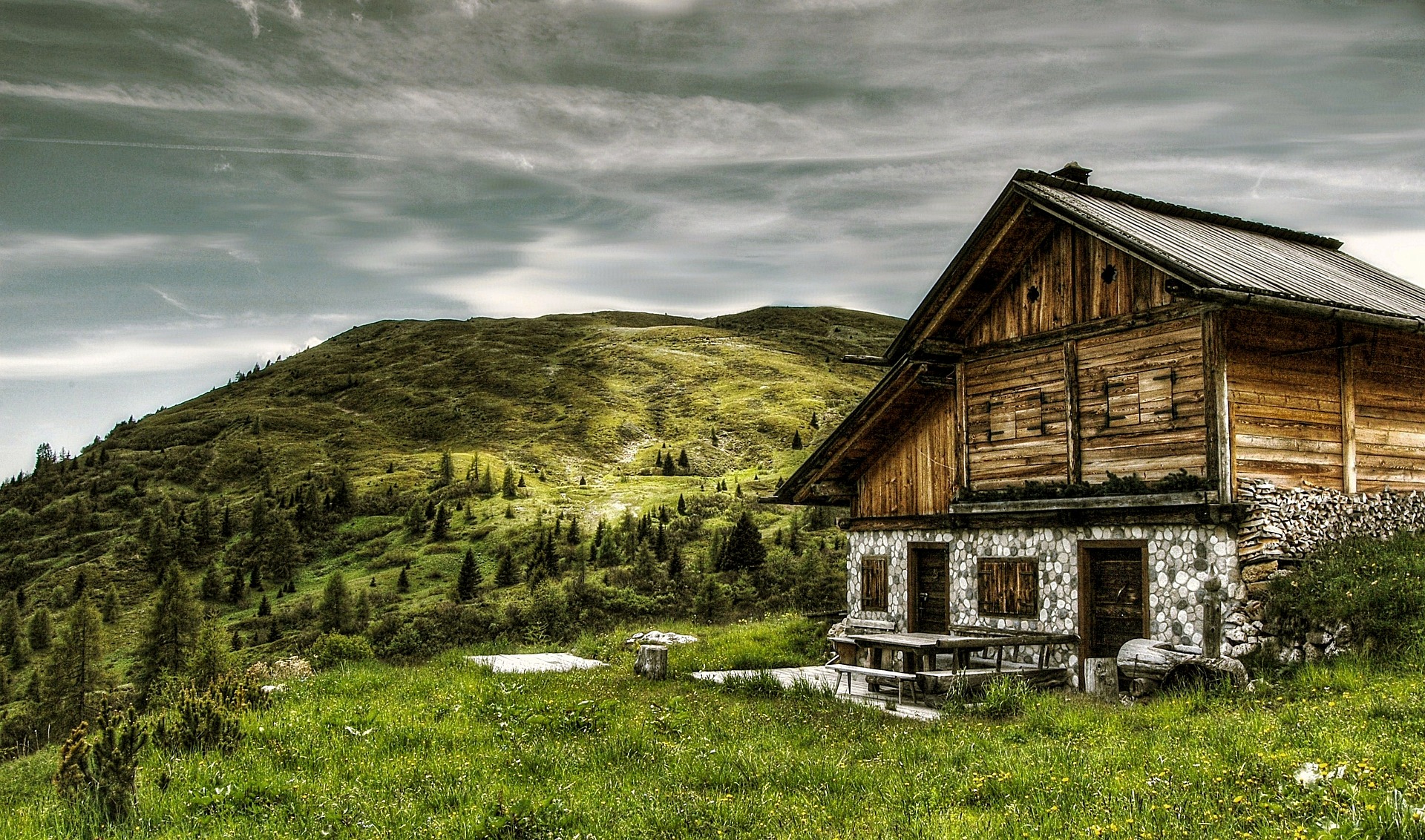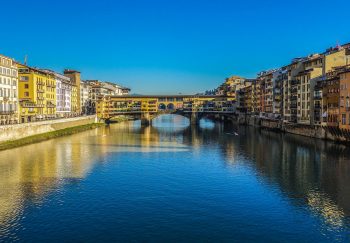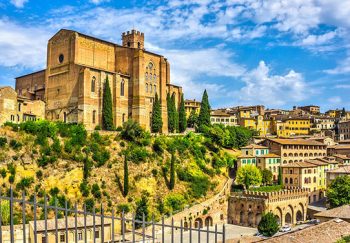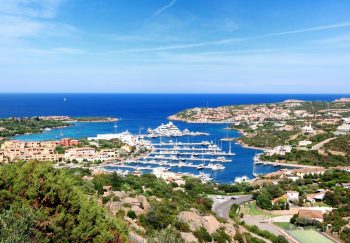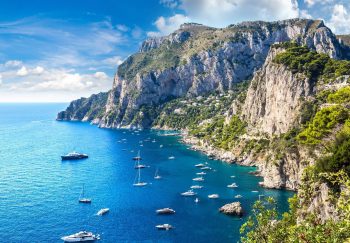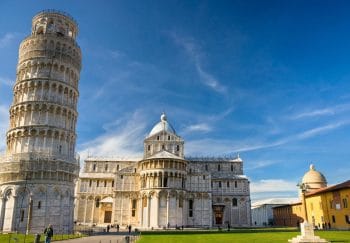Trentino is best known for its daring skiers in winter sports resorts such as Canazei or San Martino di Castrozza. However, summer tourists are still relatively unknown to it.
Trentino, Italy is a perfect place for solo travelers. You can walk around an alpine lake in the morning, taste wine at a family-owned winery at noon, stroll along the spa’s palm-lined promenade in the afternoon, and then eat at a Michelin-starred restaurant before retiring to a medieval castle.
Trentino, which covers 2,400 sq. miles (6,200 km2) is smaller than Utah’s Great Salt Lake. In one corner of the area are waterfalls, alpine lakes, and glaciers. Nearly every promontory has a castle — some are in rocky ruin and others partially restored. Others serve as museums or inns.
The country’s lush hillsides and valleys provide high-quality grapes to make renowned Italian wines. They also supply a wide variety of fruits, vegetables, cheeses, and specialty meats to fill its market basket.
With a smattering of bright geraniums, petunias, and bright colors, charming and neat alpine villages are enchanting. Trentino’s thermal water has been visited by tourists since antiquity. Merano, one of the most well-known spa towns in Italy’s Alps is here.
This autonomous region’s capital is Trento with 55,000 inhabitants. It is beautifully located in a large glacial valley with breathtaking peaks as its backdrop.
Trento, a city off the beaten track of mass tourism is worth a visit with its unique architectural mix, which includes restored late-Medieval buildings, Renaissance buildings, and Germanic influences.
From north to south in Trentino, it takes approximately 62 miles (100km) for the vegetation to change from alpine and Mediterranean. There are also lemons, olives, and oleanders. Lake Garda is at its southern end. Its shape resembles an upside-down, watery version of Italy. Northern European tourists are particularly drawn to Italy’s largest lake, which is popular for its sailing, windsurfing, and water skiing.
Riva del Garda is a historic town with its trademark Torre Apponale (a tower built in 1202), which is very popular.
Trentino Family Travel
Trentino is a paradise for families with children. There are many marked hiking trails that can be climbed, each with a different difficulty level, in addition to Lake Garda’s wealth of water sports. A cable lift can be rented for families, which allows them to take off from the top and start their hikes.
Treks can be found in many valleys. These are the meadows where high-alpine dairymen take their herds to summer grazing.
You can pet cows and observe cheese-making. Then, you will have a simple lunch on a wooden board that can be served at the table next to the dairyman’s house. The region is dotted with bicycle paths, while horseback treks take riders to the Dolomites.
Trentino, Italy: Two Sides
This region is better known as Trentino-Alto Adige. It actually consists two provinces. Trentino, also known as Welschtirol (in German), is a historical part of Italy. It was not ruled by Austria for the first half of the 19th century.
Alto Adige, North of Trentino, is also known as South Tyrol (Sudtirol) and covers 2,860 sq. miles (7,400km2). This area was under Habsburg control for over five centuries. It was made an Italian territory in 1918 when the Austro–Hungarian empire was divided up and European borders were redrawn.
Alto Adige has ties to the northern hemisphere since the 3rd Century B.C. Germanic tribes traversed the mountains and navigated the Adige River (Italy’s second-longest), which cuts through the region. Over the centuries, the northerners brought with them their culture and customs.
Alto Adige adds more to its Italian-ness than just a little bit of oompah. Nearly every sign in the Alto Adige is written in German and Italian. About 70% of residents speak a local dialect of German.
Foodie Travel in Trentino
Discover the Flavours is a tourist tabloid that makes it easy to explore the region’s nooks and crannies. It includes eight detailed itineraries with descriptions, maps, and suggested stops.
The itineraries include information about where you can find Italian wines and agricultural products. However, there are extensive listings of where you can eat, shop, and sleep as well as cultural stops that are worth noting.
This could be true for the entire area of this delightfully charming corner of Italy. Trentino is too beautiful to miss.
More helpful links
- Trentino Tourism – www.trentino.to
- South Tyrol Tourism – www.suedtirol.info
- Italian Tourist Board – www.enit.it
